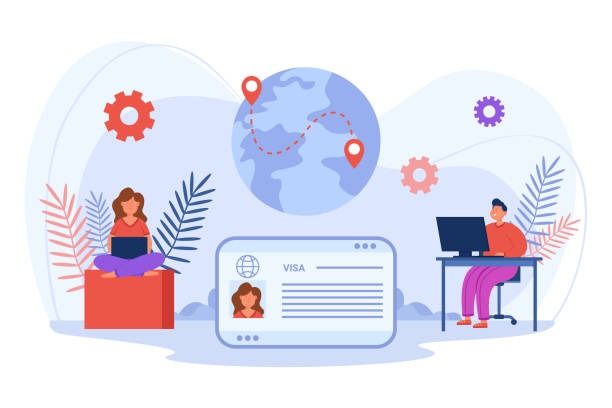When companies with international branches want to move employees from one country to another, they often rely on a specific type of visa to make it happen. That visa is called the L1. Many people ask about the L1-visa global talent transfer process, especially in cities like Miami, where international business plays a large role. This blog explains what the L1 visa is, how it works, and what steps companies and employees need to follow to complete the transfer successfully.
Whether you’re an employee seeking a transfer or a business considering moving staff to your U.S. office, understanding the L1 visa process can help avoid confusion and delays.
Contents
What is an L1 Visa?
The L1 visa is a non-immigrant visa that allows a company to transfer an employee from one of its foreign offices to a related office in the United States. There are two main types:
- L1A Visa: For managers and executives.
- L1B Visa: For employees with specialized knowledge.
The L1 visa helps multinational companies bring key talent to the U.S. without the need for labor certification, which is required for some other work visas.
Who is Eligible for the L1 Visa?
To qualify for an L1 visa, certain conditions must be met by both the employee and the employer:
For the employee:
- Must have worked for the company or its affiliate abroad for at least 1 continuous year within the last 3 years.
- Must be seeking to enter the U.S. to provide services in an executive, managerial, or specialized knowledge role.
For the employer:
- Must have a qualifying relationship with a U.S. entity (parent company, branch, subsidiary, or affiliate).
- The company must be actively doing business in both countries during the duration of the visa.
This setup is central to the L1-visa global talent transfer process.
How Does the Transfer Process Work?
Here’s how the L1 visa transfer generally happens:
1. Identify the Candidate and Role
The U.S. company must determine the need to transfer an employee from a foreign branch. The person should either manage staff or have skills that are hard to find locally.
2. Gather Required Documentation
The employer will need to prepare documentation that proves the relationship between the foreign and U.S. offices, the nature of the employee’s work, and how long they have been with the company.
This includes:
- Company registration and tax documents
- Organizational charts
- Proof of employment history and job responsibilities
- A letter describing the job in the U.S.
3. File Form I-129 with USCIS
The employer must submit Form I-129 (Petition for a Nonimmigrant Worker) to U.S. Citizenship and Immigration Services (USCIS), along with the L supplement and supporting documents.
For blanket petitions—used by large companies with regular global transfers—multiple employees can be transferred under a single approval, which speeds up the process.
4. Wait for Approval
Processing time can vary, but regular applications may take a few months. Premium Processing is available for an additional fee and usually gives results within 15 days.
5. Apply for a Visa at the U.S. Embassy or Consulate
Once the I-129 is approved, the employee applies for an L1 visa at the U.S. embassy or consulate in their home country. They’ll attend an interview and present the approval notice, passport, and other required documents.
Duration of Stay and Extensions
- L1A visa holders can stay for an initial 1 year (new office) or 3 years, with extensions up to 7 years.
- L1B visa holders typically get up to 5 years.
- After reaching the maximum stay, the individual must leave the U.S. for at least one year before applying again under L1.
Family Members
L1 visa holders can bring their spouse and unmarried children under 21 using the L2 visa. L2 spouses can apply for work authorization in the U.S., allowing them to work freely.
This makes the L1-visa global talent transfer even more beneficial for families moving together.
Advantages of the L1 Visa
- No annual cap or lottery, unlike the H-1B visa.
- Dual intent allowed (can apply for green card while on L1).
- Suitable for employees of multinational firms.
- Faster route to move executives and specialists to the U.S.
Common Challenges
Despite its advantages, there are a few hurdles to be aware of:
- Strong documentation is needed to prove the connection between offices and employee roles.
- Denials often happen due to unclear job descriptions or weak evidence of specialized knowledge.
- Consular officers may question the legitimacy of the business relationship.
Being clear, consistent, and thorough with documents can reduce the chances of delays or rejections.
Final Thoughts
The L1-visa global talent transfer process plays a key role in helping businesses move experienced staff to the U.S. for growth and operations. Whether you’re managing a multinational team or preparing to relocate, understanding each step of the process—from eligibility to approval is important.
Staying organized, collecting the right documentation, and being prepared for each part of the process can make the transition smooth and efficient. This visa option supports businesses and employees alike by enabling international talent mobility in a structured, lawful way. Visit the helping team at De Wit Immigration Law for any support your way!

